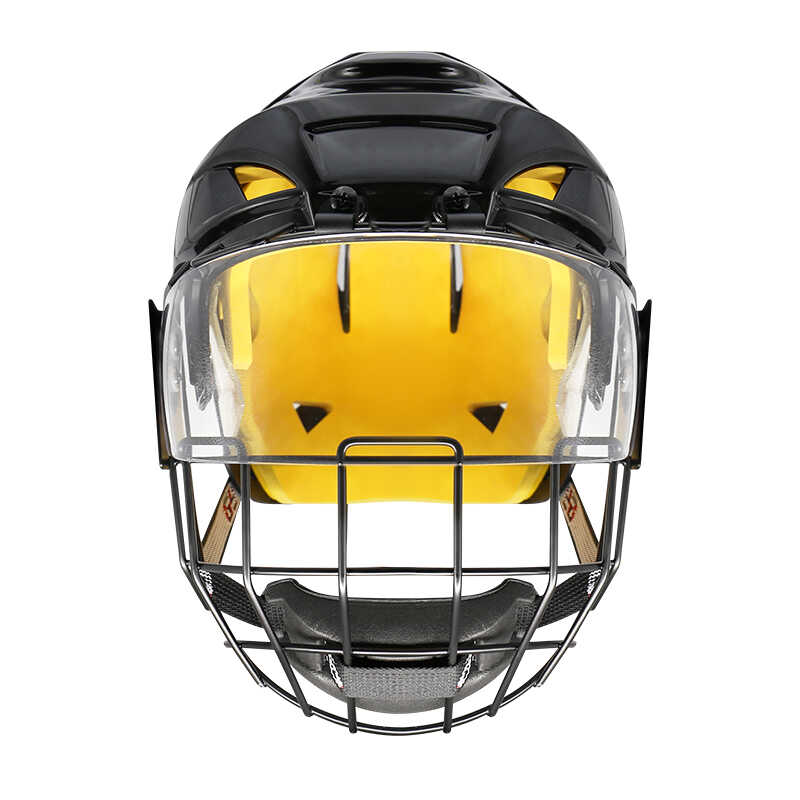Rules and Safety of Ice Hockey Helmet
Ice hockey is a fast-paced, physical sport where safety is non-negotiable. The most critical piece of protective equipment is a certified ice hockey helmet. Understanding the rules, safety standards, and technical specifications is paramount for players, parents, and coaches to make informed decisions. This guide delves into the core aspects of what makes a helmet effective and compliant.
Why Certification is Non-Negotiable
Every ice hockey helmet must be certified by recognized safety institutions. Look for certifications from HECC (Hockey Equipment Certification Council), CSA (Canadian Standards Association), or CE (Conformité Européenne). These certifications ensure the helmet has passed rigorous tests for impact absorption, strap integrity, and overall structural durability. Using an uncertified helmet dramatically increases the risk of severe head injury.
Key Safety Features of a Premium Ice Hockey Helmet
A high-performance ice hockey helmet incorporates multiple technologies to protect against impacts and enhance comfort.
-
Multi-Density Foam Liner: Advanced helmets use a combination of hard Vinyl Nitrile (VN) foam for high-impact absorption and softer, expanded polypropylene (EPP) foam for lower-impact energy management and comfort.
-
Adjustable Fit System: A secure, customized fit is crucial. Most modern helmets feature a dial-fit system at the back for micro-adjustments, ensuring the helmet stays in place during play.
-
Ventilation Channels: Strategic venting allows for airflow, keeping the player cool and reducing fogging on the visor or cage.
-
Durable Shell Construction: The outer shell is typically made from a lightweight yet incredibly strong material like ABS plastic or polycarbonate, designed to disperse impact energy across the surface.
Detailed Product Parameters
To understand the build quality of a professional-grade ice hockey helmet, review its technical specifications.
| Feature | Specification & Description |
|---|---|
| Certification | HECC (2024 Standard), CSA |
| Shell Material | High-grade ABS Polycarbonate Blend. Offers superior impact resistance and durability. |
| Liner Technology | Dual-Density VN and EPP Foam. Provides optimized protection across a spectrum of impact forces. |
| Fit Mechanism | 360° Dial-Fit System with vertical adjustment. Ensures a snug and secure fit for all head shapes. |
| Ventilation | 16+ Precision Air Vents. Promotes maximum airflow to regulate temperature. |
| Weight | Approximately 580 grams (Medium). Lightweight design reduces neck strain. |
| Compatibility | Designed for seamless integration with all major brands of face masks (cages) and shields. |
Proper Fit: The First Rule of Safety
A perfectly certified helmet is useless if it doesn't fit correctly. Follow these steps to ensure your ice hockey helmet is fitted properly:
-
Measure Your Head: Use a cloth tape measure just above the eyebrows to determine your circumference in centimeters or inches.
-
Position Correctly: The front of the helmet should sit about one inch (or two finger widths) above the eyebrows.
-
Check the Straps: The side straps should form a "V" shape under each ear. The chin strap must be snug, allowing only one finger to fit between the strap and your chin.
-
Test the Security: With the chin strap fastened, the helmet should not shift more than an inch in any direction when you move your head.
Maintenance and Replacement
Regularly inspect your ice hockey helmet for signs of wear, including cracks in the shell, fraying straps, or compression damage to the inner foam. Any helmet involved in a significant impact should be replaced immediately, even if no damage is visible, as the foam's integrity may be compromised. Most manufacturers recommend replacing your helmet every 4-5 years with regular use.
Investing in a properly certified, well-fitted ice hockey helmet is the single most important step a player can take to stay safe on the ice. Prioritize protection, and play with confidence.
If you are very interested in Zhuhai GY Hockey's products or have any questions, please feel free to contact us!





